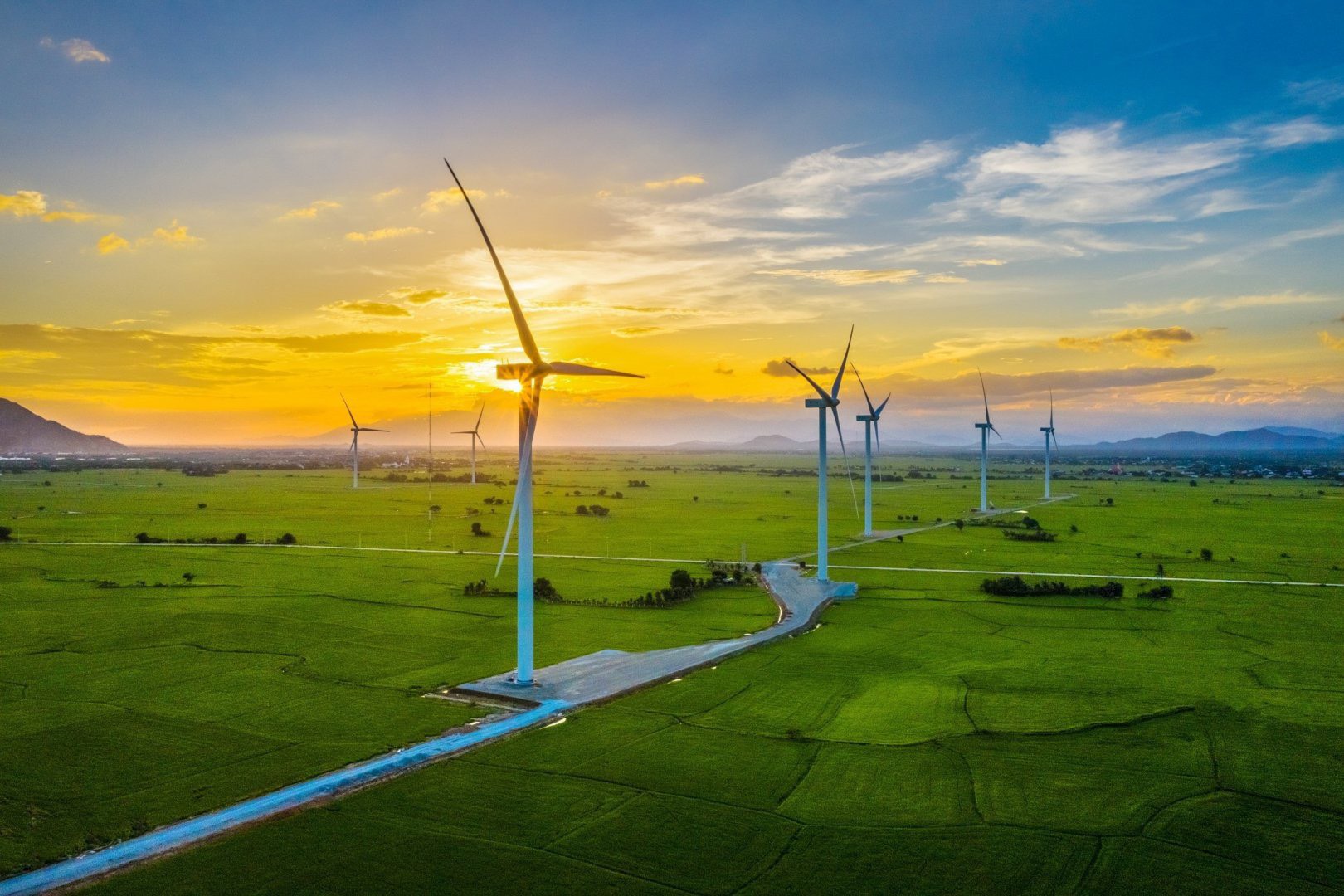By 2030, the goal is that 50% of houses will use rooftop solar power
Accordingly, Power Master Plan VIII plans to develop power sources and transmission grids at voltages of 220 kV or higher, industry and services in renewable energy and new energy in the Vietnamese territory in the 2021 period. -2030, with a vision to 2050, including works to link power grids with neighboring countries.
Power planning VIII ensures sufficient supply of domestic electricity demand, meeting socio-economic development goals with an average GDP growth rate of about 7%/year in the period 2021-2030, about 6.5- 7.5%/year in the period 2031-2050; commercial electricity by 2025 will reach about 335 billion kWh; by 2030 about 505.2 billion kWh; by 2050 about 1,114,1-1,254.6 billion kWh.
At the same time, ensure safe and reliable power supply, meeting the criteria N-1 for important load areas and N-2 for particularly important load areas. By 2030, the reliability of electricity supply will be in the group of 4 leading countries in ASEAN, and the electricity access index will be in the group of 3 leading countries in ASEAN.

Vietnam strives that by 2030, 50% of office buildings and 50% of residential houses will use self-sufficient and self-consuming rooftop solar power (for on-site consumption, not selling electricity into the national electricity system).
Notably, Power Master Plan VIII gives priority to strongly developing renewable energy sources for electricity production, reaching the rate of about 30.9-39.2% by 2030, towards the target of renewable energy ratio. generate 47% provided that the commitments under the Political Declaration on the Establishment of the Equitable Energy Transition Partnership with Vietnam (JETP) are fully and substantively implemented by international partners. Orientation to 2050 renewable energy rate up to 67.5-71.5%.
Control greenhouse gas emissions from power generation to reach about 204-254 million tons in 2030 and around 27-31 million tons in 2050. Aim to reach peak emissions of no more than 170 million tons by 2030 with ensure that commitments under JETP are fully and substantively implemented by international partners.
At the same time, it is necessary to build a smart grid system, capable of integrating and safely operating large-scale renewable energy sources.
Developing an industrial ecosystem and renewable energy services
According to the Power Plan VIII, it is expected that by 2030, to form two inter-regional renewable energy service and industry centers including electricity production, transmission and consumption; renewable energy equipment manufacturing industry, construction, installation, related services, building renewable energy industry ecosystem in areas with great potential such as the North, South Central, South Ministry when there are favorable conditions.

Power planning VIII gives priority to strongly developing renewable energy sources for electricity production
Develop power sources from renewable energy and produce new energy for export. Striving to 2030, the scale of electricity export capacity will reach about 5,000-10,000 MW.
To achieve the above objectives, the Electricity Master Plan VIII has also identified options for developing power sources, plans for developing power grids, linking the power grids with countries in the region, and orientations for rural electricity development. orientation for the development of industrial ecology and renewable energy services, and investment capital needs.
Accordingly, in the period of 2021-2030, it is estimated that the total investment in development of power sources and transmission grids is equivalent to 134.7 billion USD; Orientation for the period 2031-2050 is estimated that the investment capital for development of power source and transmission grid is equivalent to 399-523 billion USD, of which investment in power source is about 364-511 billion USD, transmission grid is about 34 ,8-38.6 billion USD, will be precise in the next planning.
According to the approved decision, the Ministry of Industry and Trade is responsible for the accuracy of data, documents, diagrams, maps and databases in the planning dossier, ensuring consistency with the contents of the planning document. decision.
According to Zing News








